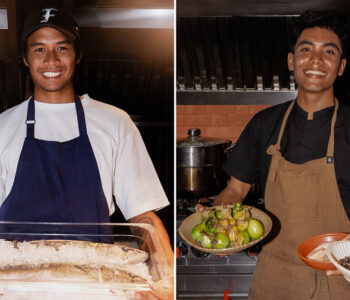10 Days after the Galungan ceremonies in Bali, Hari Raya Kuningan takes place. It marks the end of the full Galungan festival.
In the Balinese calendar, Kuningan is in fact the third ‘tumpek’ ceremony of the Balinese year, which takes place on the Saturday of the 12th week of the Pakuwon cycle; it should in fact be called Tumpek Kuningan. On this day, the visiting deities and ancestors who ‘descended’ to Earth for Galungan, return to their heavenly abodes.
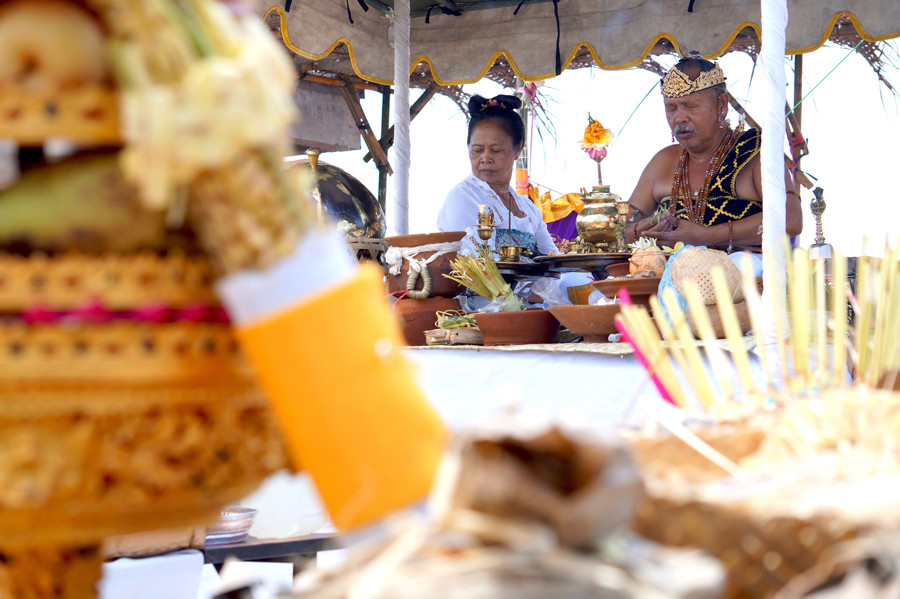
Why does Kuningan happen 10 days after Galungan?
Going back to the legend of Galungan (read in the Galungan story), after King Mayadenawa was defeated in battle, the victorious Balinese and Majapahit troops were worried that in fact the cunning ruler had simply conjured magic to disguise himself as a statue, a tree or animal. So, they waited for 10 days to be sure. Upon the 10th day their victory over the King was officially announced to the people, this was to be dubbed Kuningan Day. The word is said to have two meanings, ‘to announce’ – following the events of the legend – and yellow, which is the central colour seen throughout Kuningan worship and celebrations.
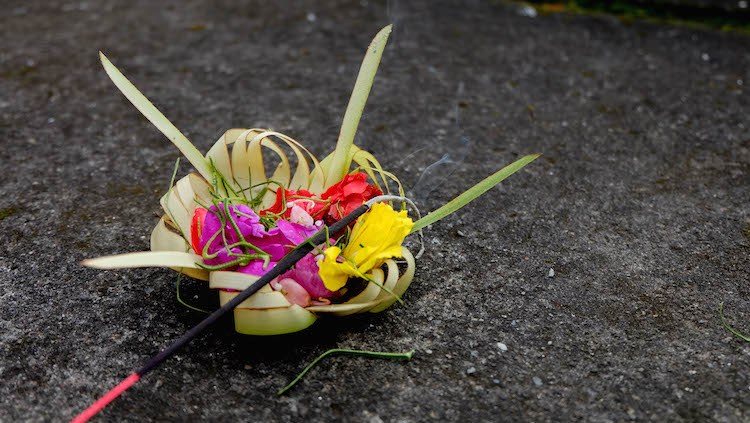
Like Galungan, but perhaps slightly less than, this day is also filled with life and colour! Its very name is derived from the world yellow, or ‘kuning’. This stems from the fact that yellow rice is used as the special offerings on this day, the rice receiving its colour from the yellow root of turmeric, often used in cooking.
Prayers, offerings and family visits can be seen throughout the day. Most Kuningan celebrations take place in the privacy of the home, in the shrines of the family temple and housing compound.
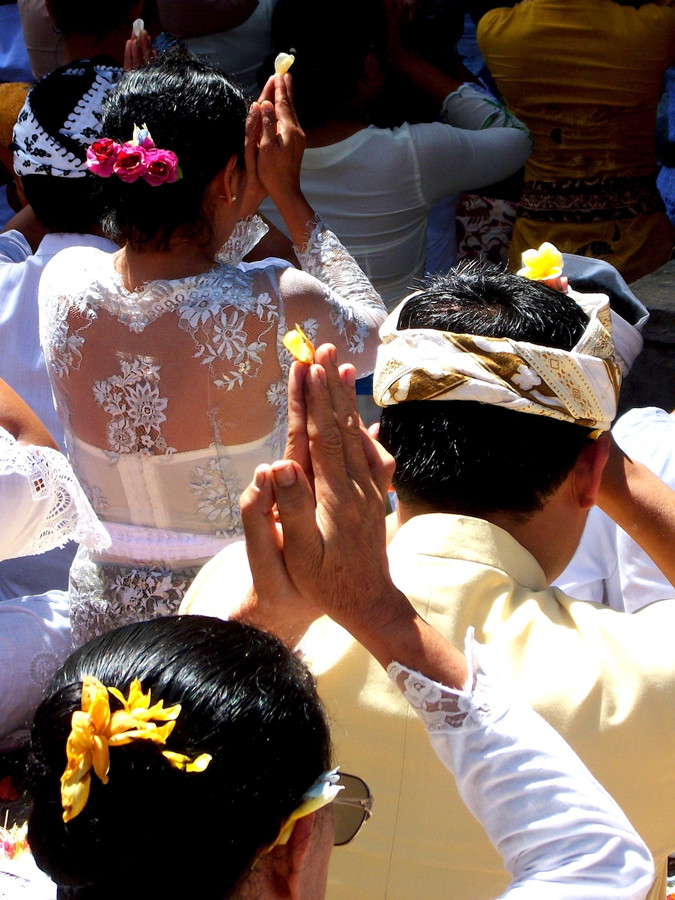
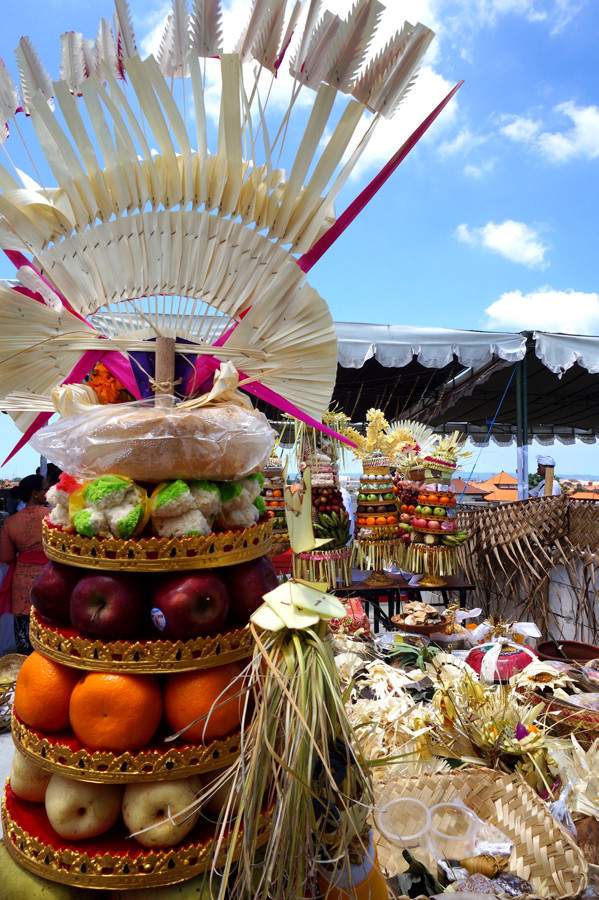
Like Galungan, but perhaps slightly less than, this day is also filled with life and colour! Its very name is derived from the world yellow, or ‘kuning’. Yellow rice is used as the special offerings on this day, the rice receiving its colour from the yellow root of turmeric, often used in cooking.
Yellow is also the colour of the god Wisnu, the protector of the Hindu trinity. Even worshippers will don yellow kebaya and sarongs and sashes, sticking to the theme of the day. Prayers, offerings and family visits can be seen throughout the day. Most Kuningan celebrations take place in the privacy of the home, in the shrines of the family temple and housing compound.
Read more about: Galungan, Penampahan Galungan or the Balinese Calendar.



